Author: Steve Thanos
When most people think about spruce trees, it’s likely they conjure images of pyramidal evergreens that emit a moderately piney aroma often associated with the winter holidays. What few may know is that there’s a rather long history of spruce being used in brewing, with references dating as far back as the 16th century where spruced up concoctions were consumed as a means of treating scurvy.
While brewing with spruce tips largely fell out of favor as hops became the go-to for beer, some modern brewers have regained interest in using this ingredient, which must be harvested fresh in the early spring in order to extract the desired citrus, floral, and pine characteristics. Indeed, many spruce tip descriptors are similar to those used for hops, though it’s been said that higher usage rates can impart a cola-like flavor to beer.
A few years ago, I received a bag of spruce tips from Alaskan Brewing Company that I used in an IPA that was submitted to a homebrew competition they hosted. I perceived that beer as having a strong citrus note with faint yet noticeable pine resin in the background. Having learned that spruce tips are used in the same way hops are, I began to wonder if the point at which they’re added during the brew process has a perceptible impact on the character they impart and designed an xBmt to test it out.
| PURPOSE |
To evaluate the differences between an IPA where spruce tips were added with 10 minutes left in the boil and one where spruce tips were added during fermentation.
| METHODS |
For this xBmt, I went with a spruce tip IPA recipe I’ve brewed in the past that I felt turned out well.
Obadiah’s Tip
Recipe Details
| Batch Size | Boil Time | IBU | SRM | Est. OG | Est. FG | ABV |
|---|---|---|---|---|---|---|
| 5.2 gal | 60 min | 51.1 | 8.2 SRM | 1.062 | 1.009 | 6.96 % |
| Actuals | 1.062 | 1.009 | 6.96 % | |||
Fermentables
| Name | Amount | % |
|---|---|---|
| Ye Olde Pale Ale | 8 lbs | 76.19 |
| Munich | 1 lbs | 9.52 |
| Vienna | 1 lbs | 9.52 |
| Caramel Malt 20L | 8 oz | 4.76 |
Hops
| Name | Amount | Time | Use | Form | Alpha % |
|---|---|---|---|---|---|
| Simcoe | 14 g | 60 min | Boil | Pellet | 13 |
| Citra | 14 g | 10 min | Boil | Pellet | 12 |
| Citra | 28 g | 15 min | Aroma | Pellet | 12 |
| Simcoe | 28 g | 15 min | Aroma | Pellet | 13 |
Miscs
| Name | Amount | Time | Use | Type |
|---|---|---|---|---|
| Spruce Tips added at 10 mins left in boil OR during fermentation | 14 g | 0 min | Boil | Flavor |
Yeast
| Name | Lab | Attenuation | Temperature |
|---|---|---|---|
| Flagship (A07) | Imperial Yeast | 77% | 32°F - 32°F |
Notes
| Water Profile: Ca 87 | Mg 1 | Na 10 | SO4 125 | Cl 62 |
Download
| Download this recipe's BeerXML file |
The day prior to brewing, I prepared two identical sets of spruce tips that had been stored in vacuum sealed bags in my freezer since receiving them from Alaskan Brewing Company.
After collecting two sets of brewing water, adjusting them to my desired profile, and lighting the flame to heat them up, I weighed out and milled the grains for each batch.
Once the water for each batch was adequately heated, I incorporated the grains then checked to make sure both were at the same target mash temperature.
While the mashes were resting, I prepared the kettle hop additions.
Once each 60 minute mash was complete, I removed the grain bags and boiled the worts for 60 minutes, adding the spruce tips to one batch after 50 minutes while the other received only hops. When the boils were finished, I chilled the wort and took hydrometer measurements indicating the batch with spruce tips had a surprisingly higher OG.
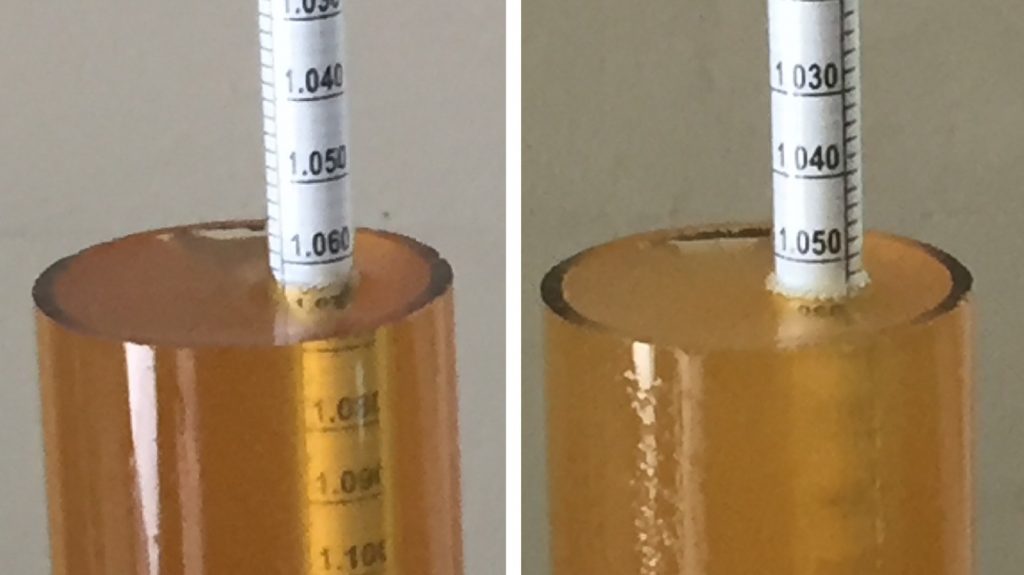
I racked equal amounts of wort to fermentation kegs and placed them in my chamber before pitching a single pouch of Imperial Yeast A07 Flagship into each.
The beers were left to ferment at 66°F/19°C for 24 hours before I returned to add spruce tips to the batch that didn’t receive them during the boil. After another 13 days, I took hydrometer measurements showing a slight difference in FG.
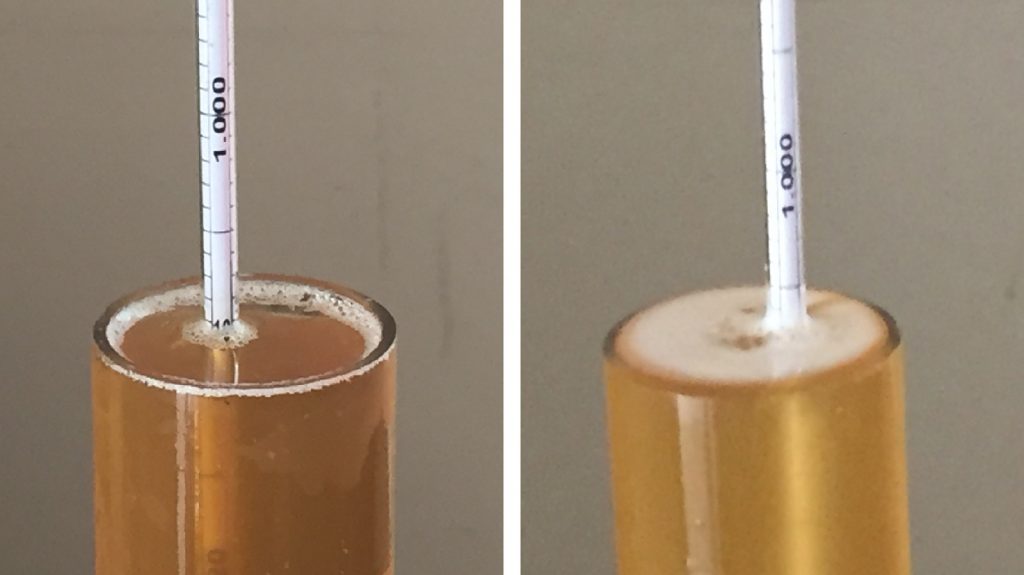
At this point, I pressure transferred the beers to sanitized serving kegs that were placed in my keezer and left on gas for a week before they were ready to serve to tasters.
| RESULTS |
A total of 21 people of varying levels of experience participated in this xBmt. Each participant was served 1 sample of the beer where spruce tips were added to the boil and 2 samples of the beer where spruce tips were added during fermentation in different colored opaque cups then asked to identify the unique sample. While 12 tasters (p<0.05) would have had to accurately identify the unique sample in order to reach statistical significance, a total of 13 did (p=0.007), indicating participants in this xBmt were able to reliably distinguish an American IPA made with spruce tips added in the last 10 minutes of the boil from one where spruce tips were added during fermentation.
The 13 participants who made the accurate selection on the triangle test were instructed to complete a brief preference survey comparing only the beers that were different. A total of 8 tasters reported preferring the beer with the spruce tips added to the boil, 4 liked the beer made with spruce tips added during fermentation, and 1 person had no preference despite noticing a difference.
My Impressions: Out of the 5 semi-blind triangle tests I attempted, I correctly identified the odd-beer-out 4 times. While the beers were very similar, I perceived some distinct differences, namely the boil addition beer had a more floral note while the fermenter addition batch was more piney and citrusy.
| DISCUSSION |
Spruce tips are known to add a delightful blend of citrus and pine character to beer that pairs nicely with certain hop varieties, especially when used in IPA. While some prefer to add spruce tips to the boiling wort, others claim more desirable characteristics are extracted when added during fermentation, similar to a dry hop addition. The fact tasters in this xBmt were able to reliably distinguish an IPA where the spruce tips were added during the boil from one where the spruce tips were added during fermentation suggests each approach contributes unique characteristics.
While not related to hops, spruce tips contribute many similar characteristics to beer, and it seems plausible exposure to boiling wort has the similar effect of extracting unique characteristics. In post-survey discussions, no tasters noted differences in bitterness between the beers, but a few commented that the boil addition beer was less piney than the one where spruce tips were added during fermentation.
Overall, I was quite pleased with both of these beers, despite perceiving a difference between them, and I struggled to choose one I liked more than the other. I absolutely plan to brew this beer again in the future, though rather than adding spruce tips to either the boil or during fermentation, I’ll being doing both in hopes of getting the best of both worlds!
If you have any thoughts about this xBmt, please do not hesitate to share in the comments section below!
Support Brülosophy In Style!
All designs are available in various colors and sizes on Amazon!
Follow Brülosophy on:
FACEBOOK | TWITTER | INSTAGRAM
If you enjoy this stuff and feel compelled to support Brulosophy.com, please check out the Support page for details on how you can very easily do so. Thanks!


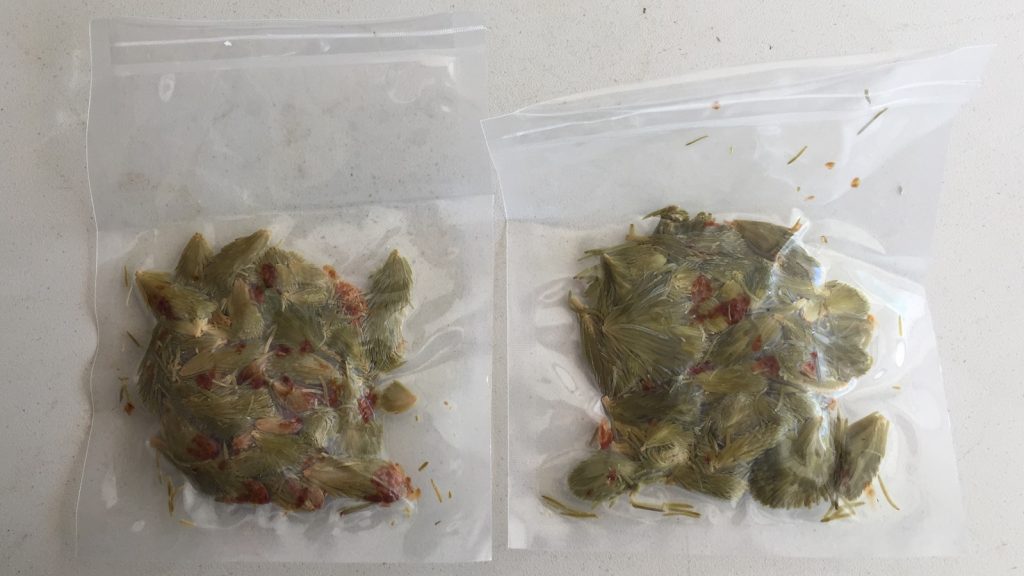
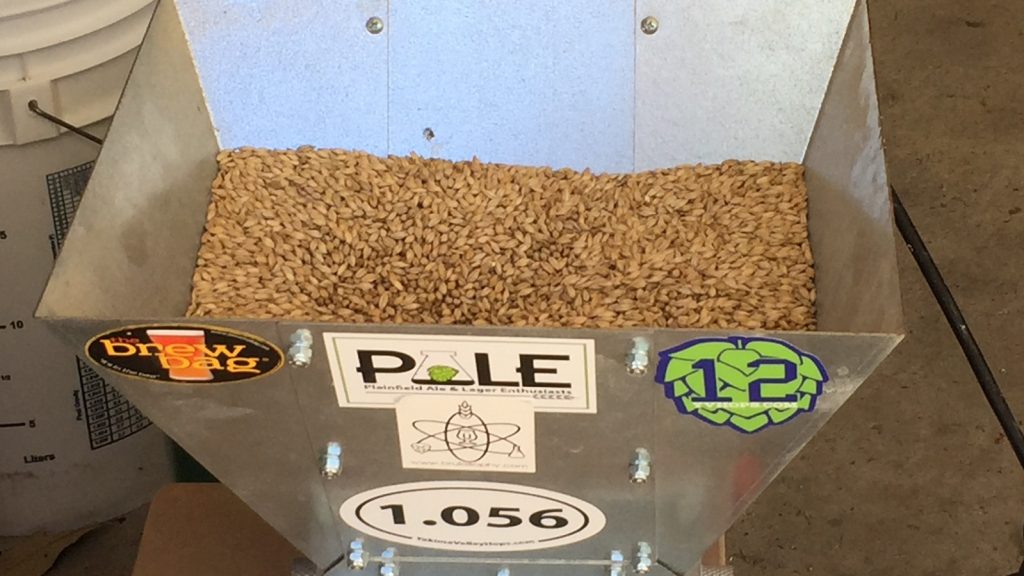

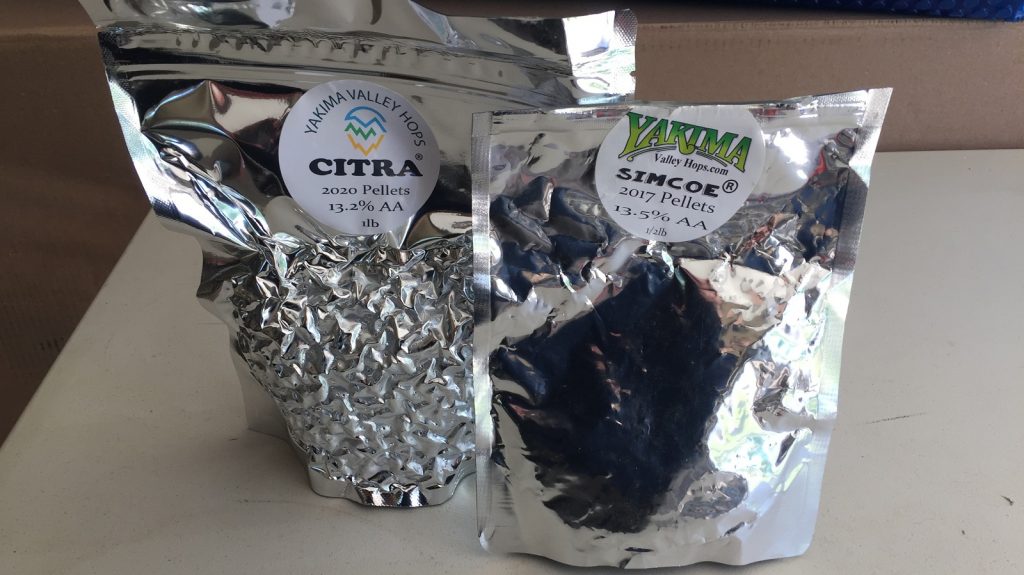
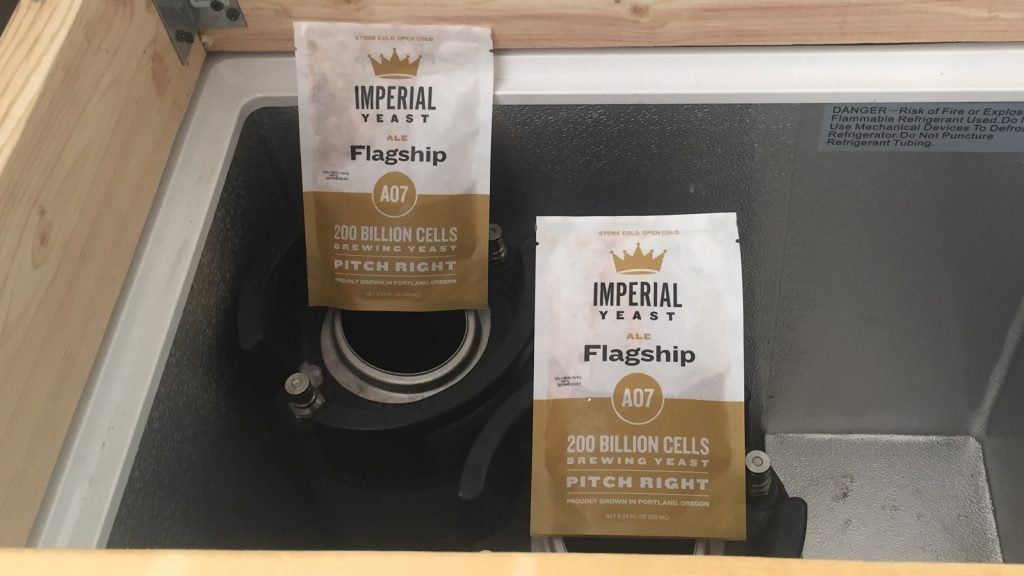
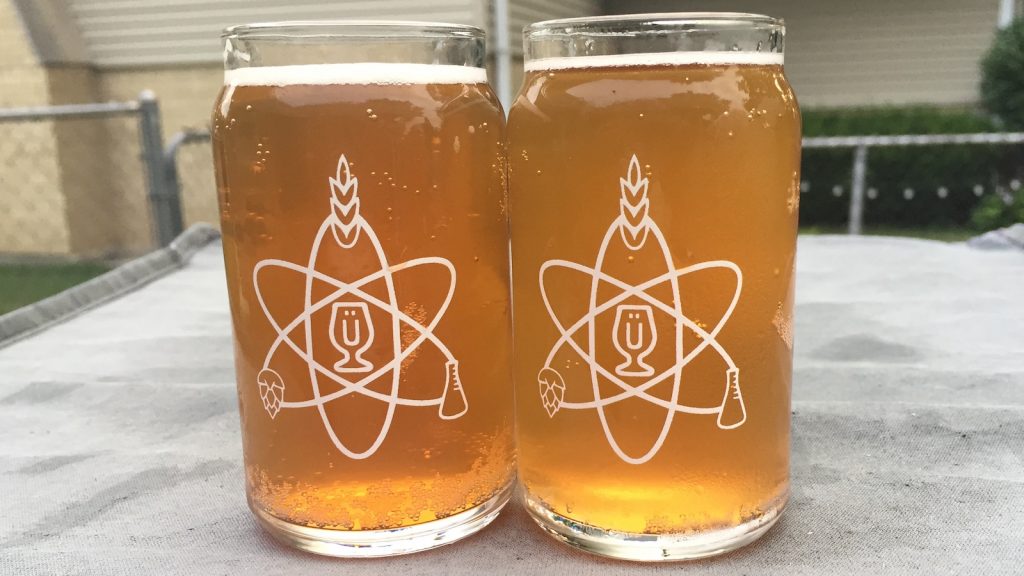











18 thoughts on “exBEERiment | Brewing With Spruce: Boil Addition vs. Fermentation Addition In An American IPA”
The disparity in OGs makes no sense. Could you expand?
I am a little shocked by the .008 difference in OG with that little amount of spruce tips. Curious as to what caused it.
Brian and LG, this was my thought exactly after I brewed these beers. The only thing that I can think of is the spruce tips themselves contribute some sugars and therefore caused the variation with the OG. I’ve researched this and there is not a lot out there to support this claim. However, it might be a place to start.
probably the sap.
Even if the spruce tips were pure sugar that extracted with 100% efficiency, the quantities used would contribute less than a single gravity point.
You mentioned having brewed with spruce tips previously. Have you added to the boil before? And if so, did anything seem off about the gravity those other times?
Since the batch where spruce tips were added later has a much lower gravity than anticipated, I’m going to have to guess something weird happened to that batch. Any chance you could have forgotten to “tare” the container when measuring out your grain for that batch?
Or an enzyme reaction?
That’s what a friend suggested.
I have only made a couple of spruce tip beers but on both occasions they did appear to add some fermentable sugars when added at the end of the boil.
Did you think half an ounce of spruce tips was enough? Other recipes state that you cannot use too much, and have additions of a pound or more for a 5 gallon batch. This one uses 15lbs! https://beerandbrewing.com/fort-george-spruce-budd-ale-recipe/
Note that the recipe at the link given has no hops in it, whereas, this recipe has 3 oz of hops in the boil. No hops means getting the bitterness from spruce and in the recipe here the spruce tips are added with just 10 minutes to go.
These are not at all the similar recipes. They are apples and oranges.
I think it’s enough, but that’s me.
Yeah I was surprised at the amount as well and curious if the participants could even taste the spruce. It would have been cool to have them rate on a scale 1-10 how “sprucey” each was. I have done one before with about two ziploc bags full of fresh spruce tips and it was great. Not overly spruced at all
I just rebrewed my own personal spruce tip ipa this weekend so was excited to see the timelines of this article. Like Cory I was shocked to see how little spruce tips you were using. I don’t consider mine overly done at all, but I am for around 3oz of spruce tips per gallon of beer. While I do add some as a whirlpool addition, I have never thought to “dry tip” with them. May have to try that sometime to see which I prefer myself (or better yet, do both for the best of both worlds!).
Was the boil addition noticeably more bitter? I’m curious what IBU’s these things contribute.
Can someone recommend the best source for buying spruce tips online? Thanks.
Hi, really interesting episode on the podcast about this 🙂 What type of spruce was used? As far as I know, it’s not all pine trees that you can use in food and beverages.
I received the spruce tips from Alaskan Brewing Company. I’m guessing they may have been Sitka spruce since that the most common spruce tree grown in Alaska.
I would also guess Sitka based on the longer needle length and the source. I had the pleasure of trying several Sitka spruce tip beers in Alaska last year, and as someone who has brewed with several of our lower 48 species, I was surprised at how different Sitka was! That may account for the difference in dosage that folks are commenting on.